Frequently Asked Questions
- What do I need to know about Performance Management?
- Performance Management is an ongoing process which does not stop once someone is successful in their role.
- Performance Management begins with a thorough understanding of the job duties and the skills and behaviors (competencies) that support success in the job.
- Once competencies are identified, it becomes easier to assess employee performance, prepare employees for future jobs, and strengthen their current skills.
- Performance Management includes corrective action for employees with performance or behavior issues.
- Employees, particularly younger employees, are motivated by having feedback which is timely. It helps them progress in their jobs while also reinforcing their positive behavior. Therefore, a strong performance management program is key to retention.
- How do I start an employee off for success in a new role?
- As a part of your onboarding process, the employee should have training in each aspect of their job, along with frequent review of their work so that immediate performance corrections can be made, as well as positive feedback on successful accomplishments.
- Formal or informal reviews should be completed on a more frequent basis while the employee is new to their position, to make sure they feel successful from the beginning, or if there are issues, to ensure a plan is put in place. (For a brand-new employee, this could be daily, weekly or monthly, varying on the position and length of service – often there is a formal 90-day review.)
- How often and how formal should my ongoing appraisals be?
- This depends on your organization – it can be difficult to achieve a balance of consistency, ease of administration and timeliness of input.
- In many companies, there is still a traditional annual appraisal. The challenges of the annual appraisal are that they can be overwhelming when conducted all at once, difficult to administer when on the anniversary of each employee, and often the year’s information can be difficult to remember at appraisal time.
- More frequent, informal appraisals which are minimalist and interactive can be more in line with the type of feedback that employees prefer to receive.
- Should I tie my appraisals to compensation (annual appraisal/increase)?
- Many employers still tie appraisals to the annual increase process; however, this is just one alternative.
- Employers concerns with tying appraisals to compensation is that often employees do not concentrate on the content of the appraisal, just the dollar figure.
- The purpose of an appraisal is to congratulate an employee for their accomplishments, reinforce areas which they need to work on, and set them up for success going forward. Sometimes aligning this conversation with the annual increase process can cause stress and anxiety which distracts from the message.
- What if an employee has performance issues?
- Train your managers to immediately address concerns and to point out positive performance frequently as well. A continuing conversation with employees about good and bad helps the employees (and the manager) feel less stress over discussing small issues.
- Too often, managers address the problem, but do not ask why the issue happened. They also do not ask the employee to self-identify what they will do going forward. By addressing these two things, they can identify if there are material or procedural obstacles to performance or if the employee needs significant retraining.
- If a manager has re-trained/corrected an employee’s behavior several times for one specific performance or behavior issue, then a written corrective action session may be in order.
- What should I do to prepare for a corrective action session?
- A Human Resources representative should review each session.
- Employees should be treated consistently with kindness, sincerity and respect, no matter the situation. Not only are you doing the right thing, you are protecting your organization from possible workplace violence and retaliation.
- If the corrective action being investigated is for harassment or workplace violence/threats and seems pervasive or severe, the employee may be suspended (follow federal/state pay guidelines for exempt/non-exempt employees). If there are concerns of violence, law enforcement should be contacted.
- Consider issues which could arise from delivering a corrective action session at certain times. It makes sense to thoroughly discuss these situations internally, or with Catapult’s Advice and Resolution team. For example, an employee who has recently returned from FMLA, who has filed a recent workers’ compensation claim, or who has expressed concerns about discrimination, may require careful handling.
- Thoroughly research each situation – one employee’s assertion should not be held as evidence in most cases.
- Catching an employee off guard with a corrective action results in negativity about the organization, and often affects the morale of other employees. It is best practice to get the employee’s side of the situation first, before delivering the corrective action. This information should be added into the corrective action form.
- The employee’s supervisor is generally the best choice in delivering the session, but should have a witness present, especially for more severe issues.
- The employee should be permitted to review the document, put any concerns in the comments section, and sign and date.
- If an employee refuses to sign the session, a witness separate from the supervisor should sign and date, confirming the employee viewed the session and marking ’employee refused to sign’. Remember that an employee’s signature on a corrective action form does not mean they agree with it; only that they received it.
This document contains an “Performance Management FAQ” FAQ. Click the button link below to download this document.

